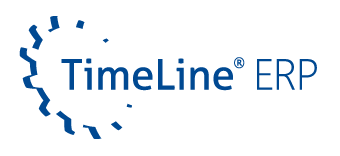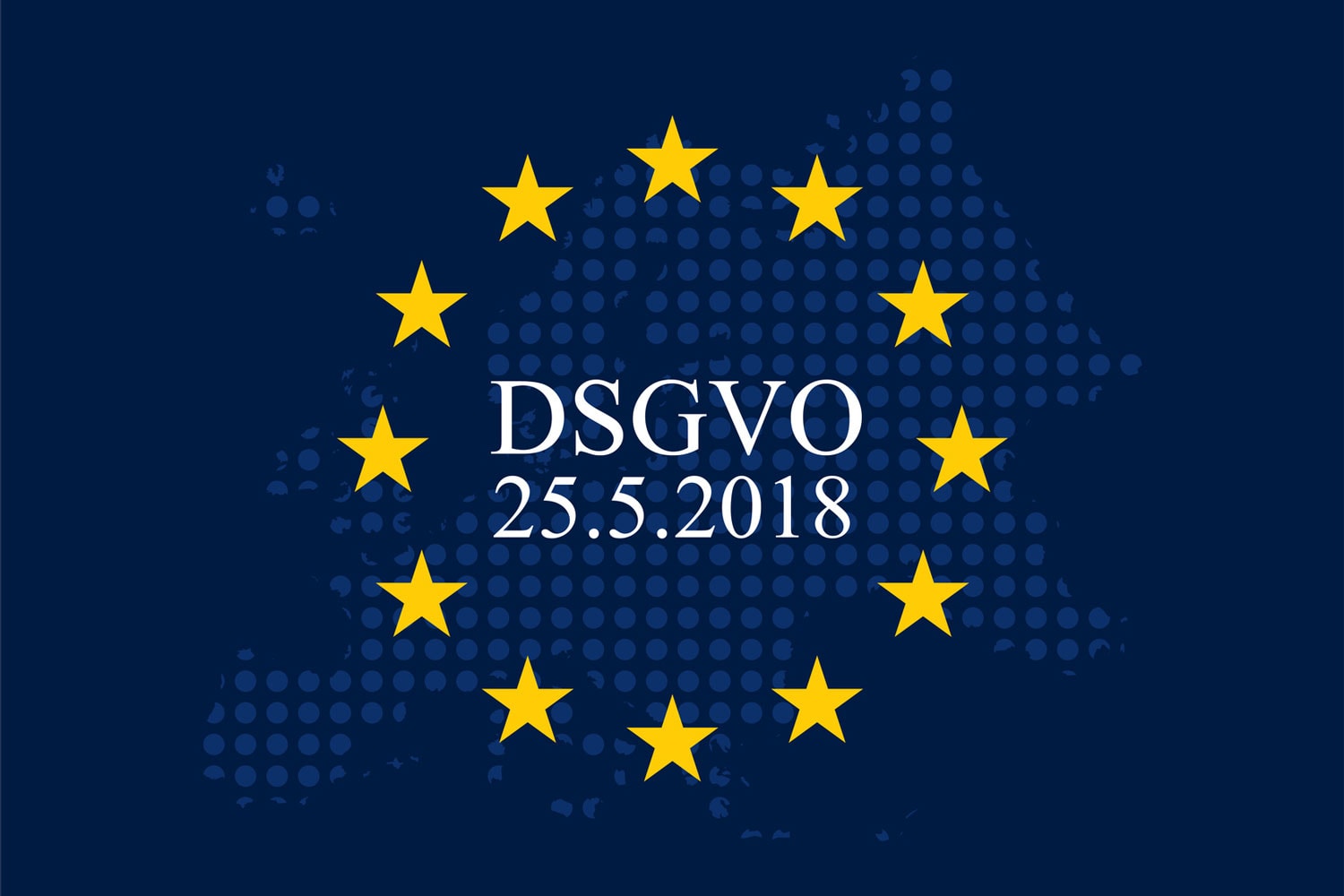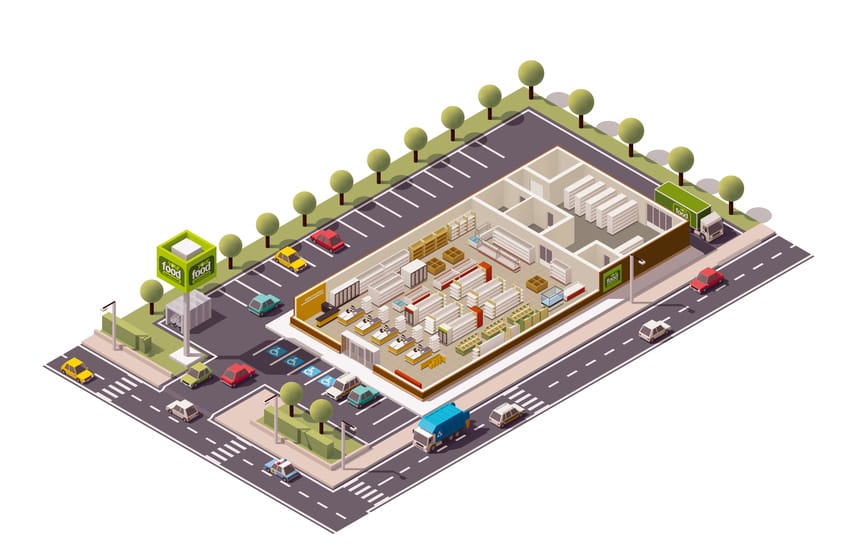The implementation of an ERP system is often a long and complex process with many individual steps. Depending on the complexity of the requirements and the number of employees, it can take several months before the system is integrated into your daily operations. Such a project costs time, resources, and probably some nerves. But before you throw in the towel, ERP implementation is like any other project: planning is everything. The success of an ERP project rarely depends on the technology. But what makes it fail? It is more likely to be poorly defined goals, unclear process structures, or even employee resistance. What you need is good preparation and a project team that works together from the start. Here is an overview of the ERP implementation process – and what else you need to consider to make your project a success.
ERP implementation preparation and analysis
Before you start researching ERP vendors, ask yourself if you are ready for an ERP system. For example, even the best software cannot compensate for a lack of foundation or organization. And as a small or midsize business, you often have limited resources. Therefore, you should not be lax in your initial considerations. One key factor, for example, is centralized data management in your company. Your data should be up-to-date, and your processes should be documented regularly. What do you want to achieve by implementing an ERP system? What do you want the system to do? These are fundamental questions, but many companies take them lightly. Once you have clarified the essentials, you have laid the foundation for your ERP project.
Requirements analysis and specifications
The next thing on your list should be a requirements analysis. Try to be as open-minded as possible. To gain new perspectives, it can be helpful to bring in outside experts – this often allows you to see your company through different eyes. It can also be helpful to involve your employees in the process. After all, they are the ones who will be using the ERP software. The best way to do this is with a tour of the company and a face-to-face meeting. A good way to capture your business goals and requirements for the ERP system is to create a requirement specification document. This document is the basis for further ERP selection. A distinction is made between technical and functional requirements. However, try to keep your expectations solution-neutral and leave the implementation to your future ERP vendor.

In addition to requirements for the ERP system, the document should include a description of your company and the market environment. Information about your products, services, strengths, and current IT infrastructure is also useful. A timeline and a contact person are also important. Take some time to formulate this, as adjustments are usually costly in hindsight.
Project manager and key user
In addition to conducting a requirements analysis and writing a specification, the project team is at least as important when implementing an ERP system. You will need a project manager and a key user. When choosing these people, you should consider their personalities. For example, the project manager should be assertive, but also forceful. They should have an eye for the big picture and be close to the day-to-day operations. Key users, on the other hand, represent the interests of your employees. They mediate, act as mentors, and point out the benefits and changes that will result from the implementation of an ERP system. They try to be sensitive to fears and reservations, and they are the ones who train employees on the system. Your key user should have as much experience and expertise as possible. Be aware that both positions require a lot of time. Time that has to be distributed among other employees.
From longlist to shortlist
Finding the right ERP vendor is not easy. But since you will be working with them for years to come, it is not a decision to be taken lightly. However, there is a good way to make your search a little easier. Start your search by researching on the Internet and keeping a checklist. Write down a rough summary of the providers you are considering. This so-called longlist will give you an initial overview. Be sure to consider both technical and functional requirements: For example, do you need to interface with other systems? Once you have compiled a list of vendors, send them the specifications you have prepared. See how they respond to your request. How long do you have to wait for a response? Is the email a boilerplate or do you get a personalized response? This will help you filter out other ERP vendors.
The remaining candidates form your shortlist and you should schedule a short presentation with them. Here you can present your current situation and clarify any questions. This is followed by an ERP workshop. A presentation tailored to your needs. The vendor can demonstrate the functionality you need in their own system, using sample data or a small selection of your original data. This will give you an idea of how the ERP system would fit into your business. The entire project team should attend the workshop. Pay attention to the personal level as well, they should get along with each other. After the workshop, the vendor can tell you exactly what the price will be. Before, only the license cost can be quoted.
ERP system deployment – the implementation phase
Once you have selected a suitable ERP vendor, the implementation can begin. Your vendor will show you how they plan to implement your requirements in a requirements specification. The terms requirements specification and functional specification are often used interchangeably, but they are two different documents. Read the requirements specification carefully, as it is the foundation of your ERP implementation. This will allow you to minimize adjustments as the project progresses. Next comes the installation of the system with demo data, setup and customization. Finally, all that remains is the transfer of your data. The staff is usually trained by your key user. And that’s it! It goes live.
Checklist: Are you ready for ERP implementation?
- Is there an up-to-date, centralized database?
- Is the project team in place?
- Are business processes regularly and consistently entered into the system?
- Is the exchange of information governed by processes?
ERP implementation summary
For a better overview, here is a short summary of each of the steps:
- Perform a requirements analysis
- Create a requirement specification
- Assemble a project team
- Create a long and short list
- Conduct an ERP workshop
- Make an ERP selection
- Have specifications written
- Install the ERP software
- Data Transfer
- Customization & Reporting
- Actual operation (day-to-day business)
Want to learn more about ERP implementation or the full range of TimeLine ERP functionality? Send us a message using the contact form, write to [email protected] or contact our sales team at +49 212 230 35 200. We look forward to hearing from you and will be happy to advise you!












